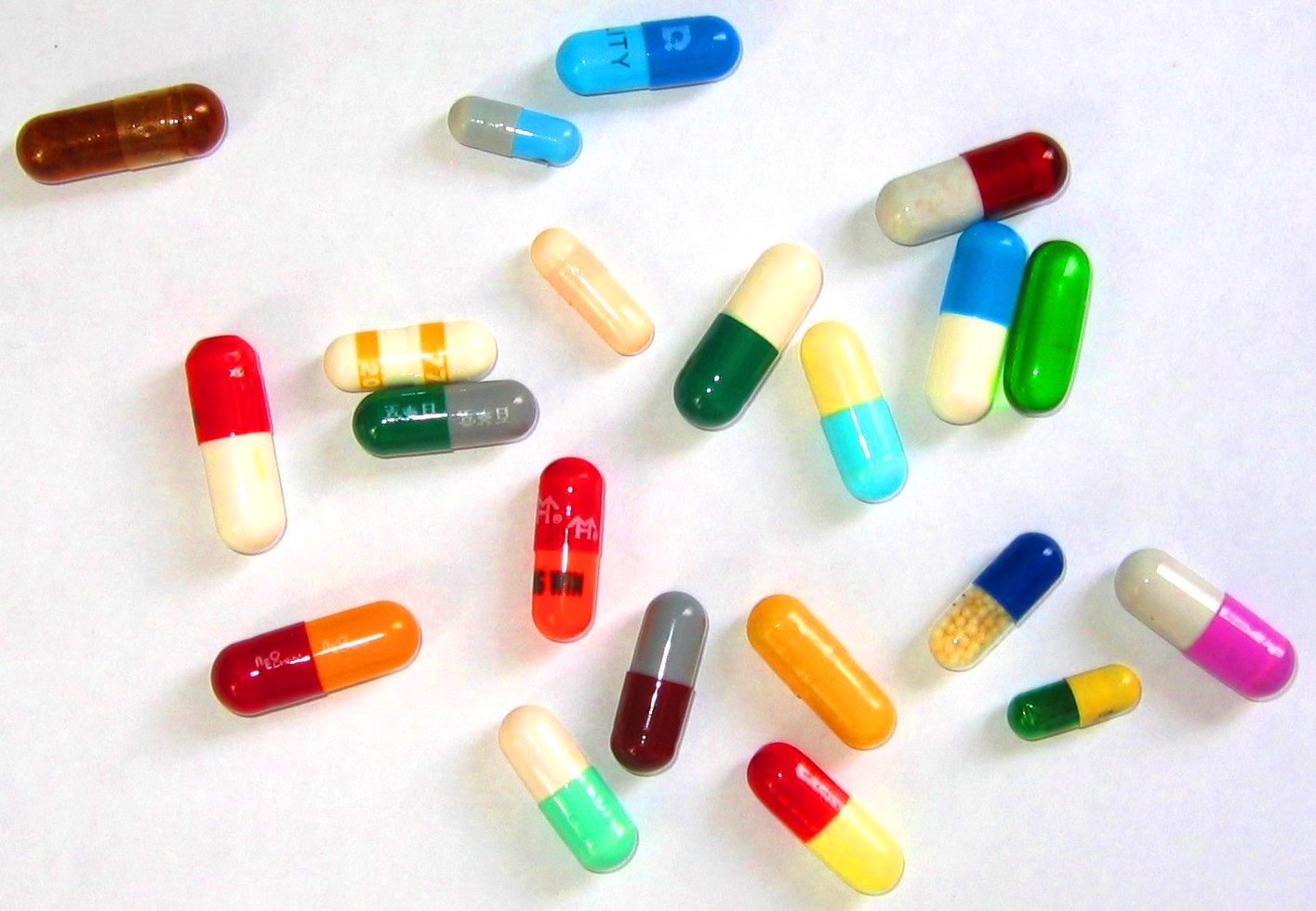
There’s an odd three-way tango going on in the generic drug industry.
Last month, Teva Pharmaceutical Industries Ltd.(NYSE: TEVA) launched a hostile $40 billion offer forMylan NV (NASDAQ: MYL). This followed hot on the heels of a $32.7 billion hostile offer by Mylan forPerrigo Company PLC (NYSE: PRGO).
Perrigo rejected Mylan’s offer. Mylan aggressively said no to Teva. Meanwhile, Teva said to forget the whole thing if Mylan is successful with the Perrigo offer. Pretty soon investors will need a scorecard to keep all the offer details straight.
Why is this crazy stuff happening with the generic drug manufacturers? On the surface, it looks like the companies are simply caught up in the merger and acquisition mania occurring in the pharmaceutical sector as a whole.
But there is more here than meets the eye to this generic drug war.
Generic Drug Prices Spike
Generic drugmakers are all trying to increase their market share and market pricing power. This comes against a backdrop of increasing pressure on the generics industry from both the U.S. government and the large pharmacy chains.
You see, the price of many generic meds are spiking. This is heightening the focus on the industry from Congress. In April, the U.S. Department of Health and Human Services launched a probe into generic drug price rises at the behest of two congressmen.
Heat is also coming from the drugstore chains. Walgreens Boots Alliance (NASDAQ: WBA)specifically pointed to rising generic drug prices as a reason behind its closing of 200 stores.
And they have a point. Here are two examples pointed out by the Financial Times:
- A 500 milligram capsule of the antibiotic tetracycline now costs $8.75. That compares with just 5 cents in July 2013. That’s a jump in excess of 17,000%.
- The depression and pain medication amitriptyline hydrochloride today costs $1.07. It cost just 4 cents in July 2013. That a rise of 2,487%.
There are several reasons behind these price spikes.
Generic Drug Prices Spike
Generic drugmakers are all trying to increase their market share and market pricing power. This comes against a backdrop of increasing pressure on the generics industry from both the U.S. government and the large pharmacy chains.
You see, the price of many generic meds are spiking. This is heightening the focus on the industry from Congress. In April, the U.S. Department of Health and Human Services launched a probe into generic drug price rises at the behest of two congressmen.
Heat is also coming from the drugstore chains. Walgreens Boots Alliance (NASDAQ: WBA)specifically pointed to rising generic drug prices as a reason behind its closing of 200 stores.
And they have a point. Here are two examples pointed out by the Financial Times:
- A 500 milligram capsule of the antibiotic tetracycline now costs $8.75. That compares with just 5 cents in July 2013. That’s a jump in excess of 17,000%.
- The depression and pain medication amitriptyline hydrochloride today costs $1.07. It cost just 4 cents in July 2013. That a rise of 2,487%.
There are several reasons behind these price spikes.
Teva and Mylan therefore see a need to bolster their market share through acquisitions. The hope is that the acquisitions will lower both costs and tax rates. Teva says that the proposed Mylan deal would offer $2 billion in annual cost savings.
Consolidation would also boost bargaining positions when dealing with governments or the big drugstore chains. That should translate to profits even if the price of generic drugs falls.
So there is business logic behind this complicated three-way tango between Mylan, Teva and Perrigo. But will anything get finalized?
What the Result Will Be for This Tangled Tango
From Perrigo’s perspective, it just wants more from Mylan. The problem is that Mylan may not be able to pay a much higher price. Its balance sheet is already stretched. Moody’s has the company rated just one notch above junk.
From Mylan’s perspective, it is easy to see why it is so adamant about avoiding Teva’s clutches. Just look at the difference in the stock performances over the past five years.
Teva dramatically underperformed the S&P 500 index, rising only about 10%. Meanwhile, under CEO Heather Bresch, Mylan soared about 250%, well above the S&P’s 66% gain.
A possible merger also raises questions about getting approval from U.S. antitrust regulators. The merged company would control $31 billion, or 25%, of the U.S. generic drug market. Importantly, there are overlaps in the two firms’ drug portfolios. Some studies show that Teva sells as much as 50% of the U.S. generic products also sold by Mylan.
Adding to that is a concern about the companies’ control over certain drugs which are already in short supply. Three of the 70 drugs the FDA says are undersupplied are made by both companies. Another five drugs are made by Teva, and an additional four are manufactured by Mylan.
Teva is almost too desperate to do a deal. Companies that are too desperate almost always overpay, which is not good for shareholders. I would avoid the stock.
Both Mylan and Perrigo seem to be excellent choices to play the generic drug war.
Mylan is forecast to grow its revenues this year by 26%. And Perrigo is even better, with revenues forecasted to grow over 32% in 2015.
Investors should not be surprised, though, if this already complicated situation gets even more tangled, as other pharmaceutical companies could enter the fray. Both Mylan and Perrigo are tempting targets.
Cheap Oil Here to Stay – For Now
Crude hasn’t been this cheap since March 11, 2009. And it’s likely to stay low for a while. OPEC refuses to cut production. And US production is expected to increase – not decrease – an additional 600,000 more barrels a day. The Saudis have played this one wrong – and you could profit from their blunder.
Top analyst Tyler Laundon’s found what he considers the best way to play this new, cheap oil boom.
Click here for all the details!




21 thoughts on “How to Profit from the Generic Drug War”
Comments are closed.